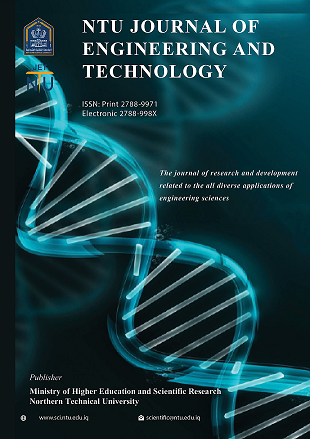Performance Evaluation of Shell and Tube Heat Exchanger by Using Fe3O4/water Nanofluidid
DOI:
https://doi.org/10.56286/ntujet.v1i1.56Keywords:
shell and tube, forced convection, Nusselt number, friction, effectivenessAbstract
This paper studies the forced convection heat transfer and flow characteristics of nanofluids composed of water and different volume concentrations of Fe3O4/water nanofluids (0.35%, 0.2%) under laminar flow conditions that move in counter current in a vertical shell-and-tube heat exchanger. Fe3O4 nanoparticles having a diameter of about 30 nm were used in this work. Various of Reynolds number were used during practical experiments on the device is (200,600,1000,1400). The results show that for the same mass flow and inlet temperature, the convective heat transfer coefficient of the nanofluid is slightly larger than that of the base fluid where the improvement ratio is up to 14%, 22% for 0.2%, 0.35%, respectively. Where it was concluded through the results that the total coefficient of heat transfer of the nanofluid has increased compared to the basic fluid, the maximum improvement at (0.2%, 0.35%) was about 34% and 61%, respectively. When the concentration of nanofluids increases sharply, the Nusselt number also increases sharply compared with the base fluid up to 10%, 19%. As the results showed that the friction factor increases when the concentration of nanofluid increase because the density and viscosity is higher than of base fluid, while decrease when the Reynolds number increase, where the ratios reached 25%, 47%. It was found that the effectiveness of nanofluids is higher than that of base fluids is up to 56%, 62%.











